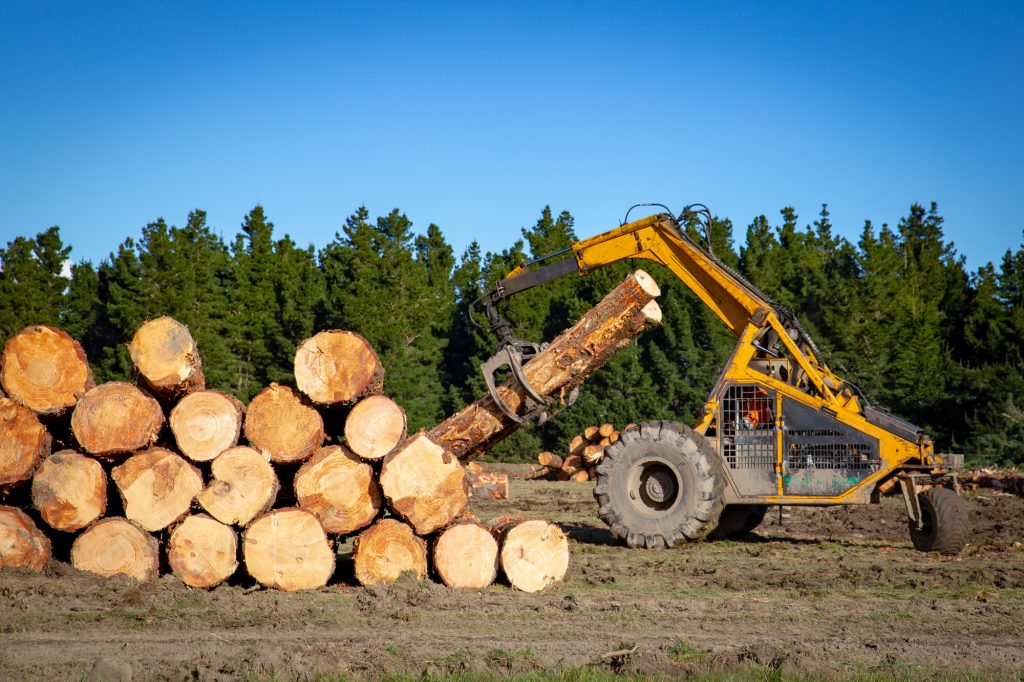
You may have recently visited your local hardware store to buy lumber. You can find anything from plywood to pressure-treated lumber in any size imaginable.
This huge supply of in-stock options is convenient, but have you ever wondered where it all comes from?
If you find yourself curious, this article will take a deeper look at the lumber business.
Read on to discover 10 interesting facts you didn’t know about the logging industry.
1) More Than Just Chopping Trees
Though it begins with cutting trees, the logging industry is much more expansive. At its root, logging is a supply chain that works from rendering, to transportation, to processing.
Ultimately, these raw materials become lumber, paper products, fuel, and more.
2) Big Business in North America
The North American continent rules the world’s logging industry. Forests cover roughly a third of North America. Because of these expansive forests, Canada and the United States are top producers.
3) Etymology of Lumberjack
The household term of lumberjack sources back to the 19th century. The Canadian word is an amalgam of the words Lumber (the industry of note) and Jack (a term for a man or laborer). The term Lumberjill became prominent when women joined the logging industry during WWII.
4) Dangerous Work
This is a hazardous industry in America. The logging business has among the highest death rates for its workers. As such, insurance for sawmill factories, lumberyards, and forestry departments has burgeoned.
5) First Sawmill in America
The United States established its first sawmill in 1623. Built in York, Maine, the mill set up shop near the Piscataqua River. River access led to easy exportation for the lumber back to England.
6) American Lumber for English Ships
Shortly thereafter, the lumber industry began to grow in America. The tall, strong, and straight trees found in America were scarce in England.
Therefore, lumber exportation boomed to help the English build their massive naval ships. Particularly, the tall pine trees with few branches were ideal for ship masts.
7) The Logging Industry Can Help the Environment
Cutting timber for production helps clear a path for new tree growth in an ecosystem. Furthermore, the removal of trees limits the amount of fuel in a specific area. This process can decrease the impact of forest fires.
8) Lumber DNA
Deforestation is a growing concern. The industry needs to keep an eye on where trees come from. To avoid illegal logging, there are genetic tests for lumber.
These tests can source wood DNA to determine a specific location. Now, largescale buyers can ensure the lumber comes from legal harvesting.
9) Planting to Ensure a Future
Though the United States processes a staggering amount of lumber, the forestry departments try to keep up. More than 2.5 billion new trees are planted in the United States each year.
10) Lumber Types
There are more than 1000 types of trees in the United States. The logging industry goes after about 100 of these species. These are categorized as hardwoods and softwoods.
Log this Knowledge for Future Use
Hopefully, this list gave you some unique knowledge about the logging industry. The next time you find yourself at the hardware store, consider how all these components factor into your woodworking project.
If you enjoyed this article, stick around the blog to learn more about how certain industries operate.

